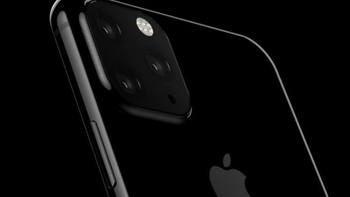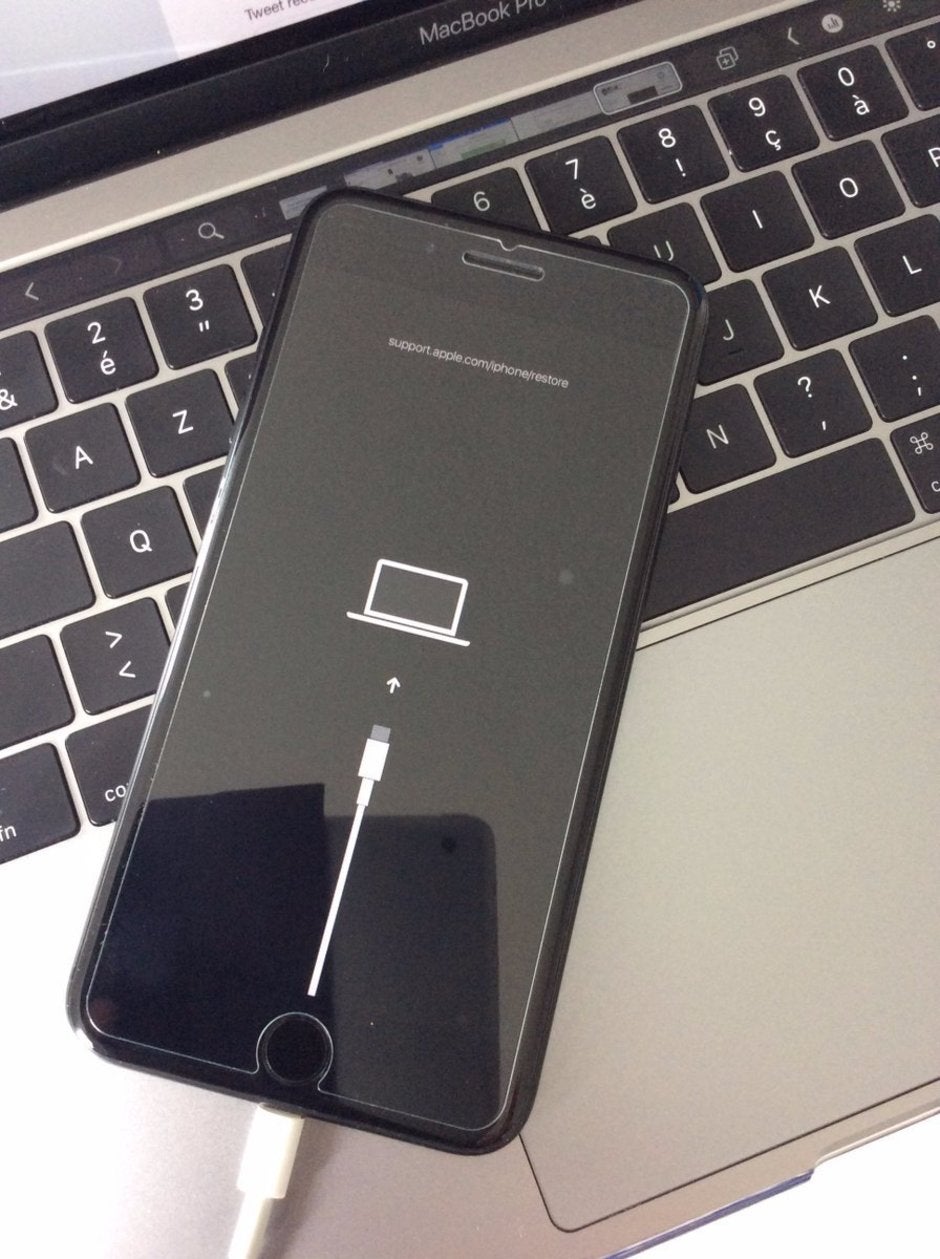iOS 13 image hints that Apple will make a long rumored change to the 2019 iPhones

While the early buzz has Apple continuing to equip the upcoming iPhone 11 series with its proprietary Lightning port, an illustration found in iOS 13 seems to indicate otherwise. As noted on a tweet disseminated by a gentleman named Raphael Mouton (via MSPoweruser), the iOS 13 iPhone restore screen seems to show a USB Type-C cable. Apple already has placed a Type-C port on last year's Apple iPad Pro. If Apple does make the change in time for the 2019 iPhones, it will come a year earlier than expected.
You might remember the unwieldy 30-pin connector that charged the OG iPhone and iPad. Apple introduced the Lightning connector in September 2012 and it was first used on the iPhone 5, the 5th generation iPod touch, and the 7th generation iPod Nano. As we briefly noted in the above paragraph, the Type-C port was first used by Apple on the iPad Pro (2018).
USB Type-C connectors transfer data at a much faster rate than Apple's proprietary Lightning connector
The 2019 iPhones are rumored to ship with an 18W fast charging brick in the box, replacing the 5W brick that has been standard for years. The 18W charger is available from the Apple Store for $29, but apparently, those purchasing one of the new iPhone models later this year won't have to spend the extra bucks for fast charging. One of the reasons that no one is expecting Apple to make the switch to Type-C for this year's iPhone models is because a Type-C to Lightning dongle is also rumored to come in the box with the 2019 handsets; this accessory wouldn't be needed if the phones featured a Type-C port.

The iPhone's restore screen on iOS 13 shows a Type-C plug
Back in January, sources "working on the device" indicated that Apple wasn't sure what it was going to do and was apparently testing versions of the upcoming iPhones with both Type-
C and Lightning ports. The advantage for iPhone users is that many accessories now sport a Type-C plug, and those requiring a replacement adapter can usually find a cheaper Type-C option. Additionally, transfer speeds on a USB Type-C port are much faster. The Lighting connector will transfer data at USB 2.0 speeds, or 480Mbps. That compares to the 5Gbps (USB 3.1 Gen 1) and 10Gbps (USB 3.1 Gen 2) speeds available using a Type-C plug.
Speaking of charging, the 2019 iPhones are expected to feature reverse wireless charging. First seen on the Huawei Mate 20 Pro and then the Samsung Galaxy S10 line (where it is known as PowerShare), reverse wireless charging allows a phone to be used as a wireless charging pad. Apple iPhone users will be able to flip their phones face down on a table and put the new AirPods carrying case, an Apple Watch, or a compatible handset on top of the phone's rear panel to charge them. Because this will drain the battery on the host iPhone, Apple is believed to be raising the capacity of the batteries inside the 2019 models. The iPhone 11 Max will reportedly be equipped with a battery ranging between 3491mAh and 3650mAh. The battery powering the iPhone 11 should weigh in between 3189mAh and 3322mAh, and the one inside the iPhone 11R could have a capacity of 3089mAh; the latter model has the best battery life of any iPhone ever made.

The back of the 2019 OLED iPhones could look like this
Besides the possibility of having a Type-C port and larger capacity batteries for reverse wireless charging, the 2019 iPhones will have a new square-shaped housing for the rear cameras mounted in the upper left-hand corner of each model's rear panel. The iPhone 11R will have a pair of cameras on the back while the two other iPhones will carry three. The new iPhones should be unveiled this coming September.










Things that are NOT allowed: